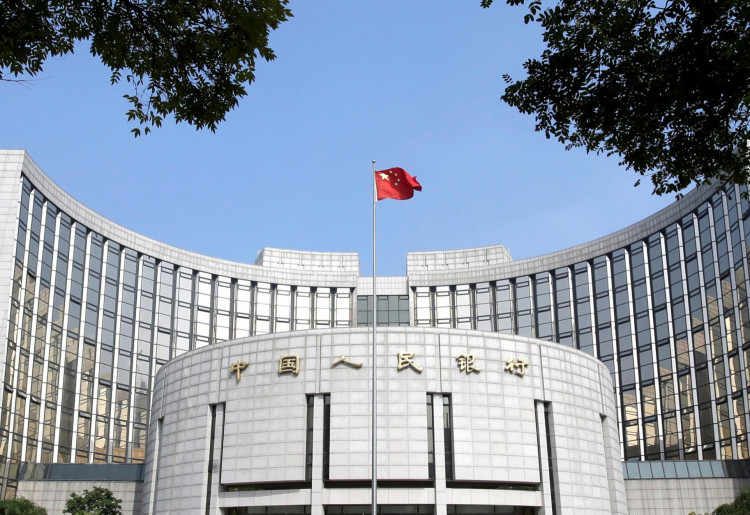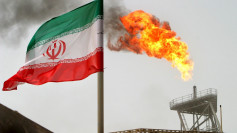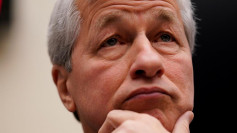The People's Bank of China announced in a statement Monday that China would maintain a cautious monetary policy while keeping it flexible this year to ensure relatively sufficient liquidity and intensify changes to support economic development.
In a statement, the central bank disclosed that growth in the economy's money supply; credit and aggregate borrowing should be consistent with growth in nominal gross domestic products.
It added that "market-oriented interest rate system reform will continue to improve the loan prime rate transmission mechanism," which is the new benchmark for lending rates.
According to the central bank, the market must play a decisive role in building the country's currency exchange rate, which will remain basically stable at a reasonable level and balance.
The PBOC highlighted seven major activities for the current year, including the use of monetary policy tools such as a targeted reduction in the reserve requirement ratio and re-discounting to trim down financing costs and support small and micro-enterprise financing.
The central bank reduced its reserve requirement ratio - the proportion of cash that commercial finance institutions must maintain as a reserve - by 0.5 percentage points on Monday, a measure that is seen to infuse around 800 billion yuan ($114.9 billion) into the country's financial framework. In 2019, to counter the risks of economic slowdown, the central bank cut its ratio requirement three times.
Considering the background of moderate domestic economic growth and external uncertainties, some economists said monetary policy might be relatively easy, but with limited coverage. The government's aim is to balance the stability of short-term growth and long-term financial security.
In the face of headwinds dragging down growth, Nomura Securities chief economist Lu Ting said the central bank can be projected to deliver another reserve ratio reduction of 0.5 percentage points in the next three months, when China's consumer inflation is likely to reach its peak.
Lu pointed out that markets can make the country's growth prospects much more optimistic, but "we urge caution on the economic impact of the reserve ratio cut due to Beijing's new policy of moderate easing that excludes the real estate market."
Meanwhile, the PBOC encourages credit financing for small and private businesses to make this segment competitive. Last year, loans from large commercial banks to small and micro enterprises were up by more than 30 percent, contributing to a 1 percentage point decrease in lending costs that Lu described were "over-fulfilled estimates."





